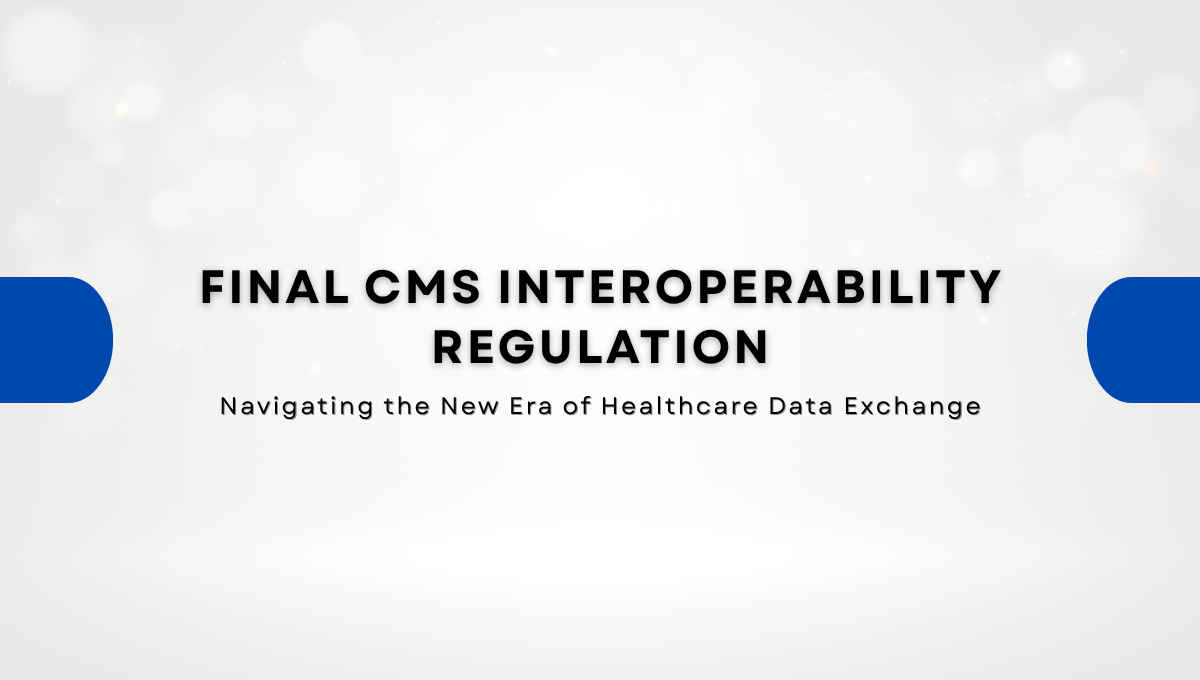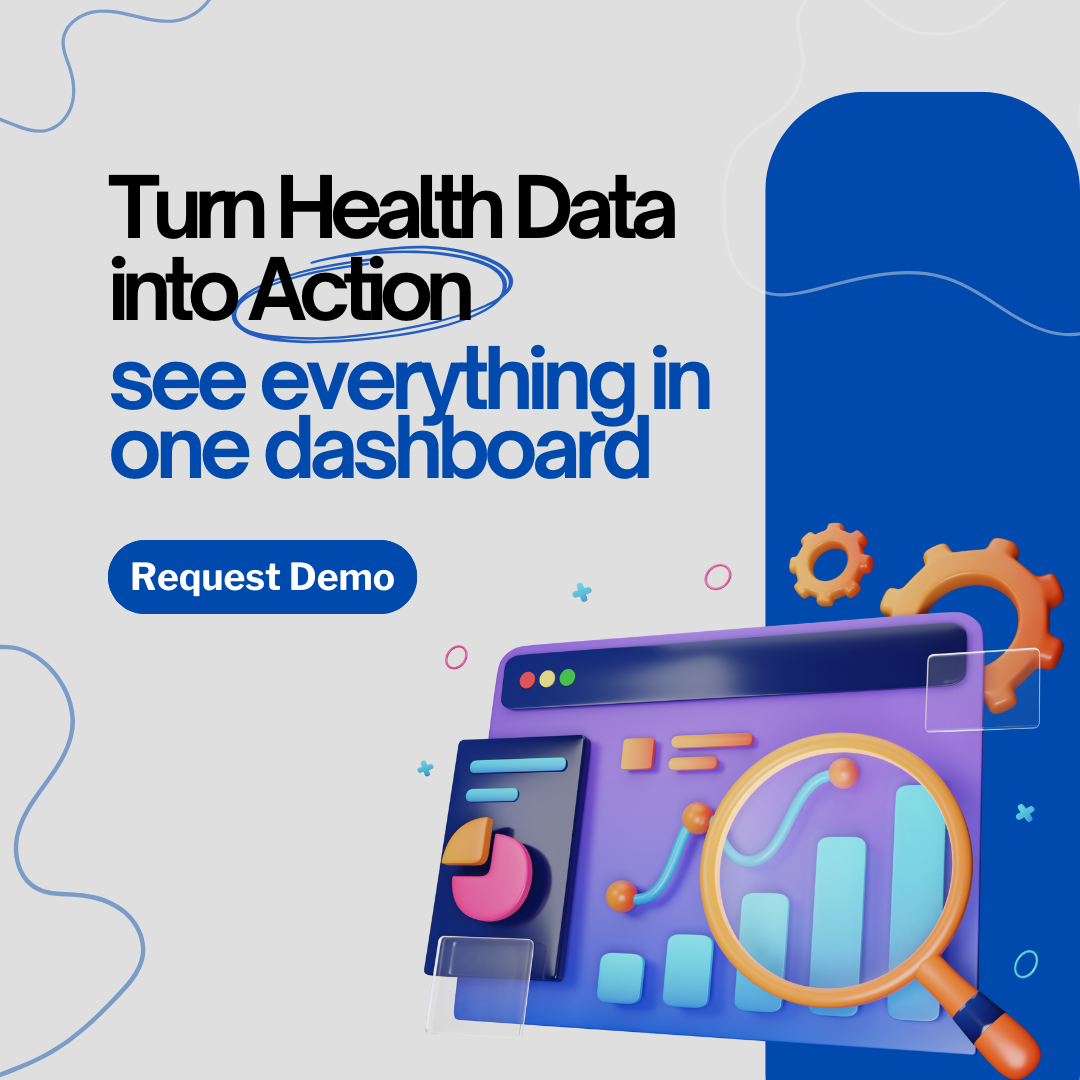The Centers for Medicare & Medicaid Services (CMS) released the Interoperability & Patient Access Final Rule (CMS-9115-F) on March 9, 2020. Initially, the rule was expected to be announced during the HIMSS20 conference. The Final CMS Interoperability Regulation builds on top of MyHealthEData Initiative announced during the HIMSS18 conference and the 21st Century Cures Act.
Key Aspects of the Interoperability & Patient Access Final Rule
The Final CMS Interoperability Regulation focuses on a “Patient First” objective. The rule puts a stress on making patient health information easily accessible when in need. The rule also aims to drive more interoperability and data exchange across the entire healthcare ecosystem.
With this new Final CMS Interoperability Regulation, patients can get better access to their health information. They can always be informed of better care and better outcomes. The improved levels of interoperability between payers, providers and patients; and the data being readily available; the CMS aims to achieve better care, improved health outcomes and reduced costs of treatment.
The Final CMS Interoperability Regulation proposes 7 policies that will take the healthcare system forward to achieve higher levels of interoperability. These policies have certain levels of impact on payers and providers with strict timelines.
CMS Payer Policies
There are 4 new policies for both Medicare and Medicaid payer organizations; along with some implications for the providers.
| Policy | Policy Details | Additional Information | Compliance Date |
| Patient Access Through APIs | CMS regulated Payers should make Claims and Encounter Data readily available to patients through the use of a secure, standards based (HL7 FHIR Release 4.0.1) API. This API should meet the HHS standards that are established by ONC 21st Century Cures Act final rule. | The API should make available the following details –Adjudicated claims, remittances, cost share, encounter details along with clinical data, lab results, preferred drug list, and so on. Patients can access this information through any third-party application and integrate it to their EHR | January 1, 2021. According to the latest update (on April 21, 2020), CMS will not enforce this requirement until July 1, 2021. |
| API access to published provider directory data | CMS regulated Payers should make provider directory information publicly available through a FHIR-based Provider Directory API. | The API should provide the following details – names of providers, addresses, phone numbers and specialty. | January 1, 2021. According to the latest update (on April 21, 2020), CMS will not enforce this requirement until July 1, 2021. |
| Payer-to-Payer Data Exchange | CMS regulated Payers should exchange patient’s clinical data upon the patient’s request as they move from payer to payer to help create a cumulative health record with their current payer. | At a minimum, the data elements specified in United States Core Data for Interoperability (USCDI) v1 should be made available to the patients. Moreover, patients now have a cover of 5 years after the end of their coverage term to submit a request to a payer to share their information. | January 1, 2022 (no changes to this date) |
| Increased Frequency of federal-state data exchanges for dual eligible members | All the states should submit the Medicare and Medicaid enrollment information to CMS daily. Previously, it used to be weekly / monthly. | April 1, 2022 (no changes to this date) |
CMS Provider Policies
There are 3 new provider policies that apply to hospitals and physicians.
| Policy | Policy Details | Additional Information | Compliance Date |
| Public Reporting and Information Blocking | CMS will put up a public list of providers and clinicians who act as information blockers based on their attestation to CMS Promoting Interoperability (PI) Program or the MIPS program. | CMS will also put up an additional list of providers based on their performance in a way to promote the interoperability under the Merit-based Incentive Payment System (MIPS). | Late 2020 |
| Digital Contact Information | CMS will publish a list of names and National Provider Identifier (NPI) of the providers who do not have digital contact information. | The providers need to have the digital contact information included in the National Plan and Provider Enumeration System (NPPES) | Second Half of 2020 |
| Admission, Discharge and Transfer (ADT) Event Notifications | CMS is making modifications to Conditions of Participation (CoP) which requires hospitals to send electronic patient event notifications of the patient’s admission, discharge and transfer to another facility/provider/practitioner. | This event messaging system will help deliver improved care coordination and better patient outcome. | Fall 2020; Changed to Spring 2021. This rule is effective 12 months after the final rule is published in the Federal Register, which will be May 1, 2020. |
COVID-19 Challenge Brings Relief for Payers and Providers
The COVID-19 crisis has crippled the world economy to something that has never been witnessed before. The US Healthcare domain is no different! Healthcare providers and payers are facing an uncertain future in this pandemic situation.
CMS has acknowledged the seriousness of this situation, especially for hospitals (CAHs), and decided to extend the implementation of Admission, Discharge and Transfer (ADT) Event Notifications by 6 months (from Fall 2020 to Spring 2021).
ONC Final Rule
The Office of the National Coordinator for Health IT (ONC) also finalized technical, content and vocabulary standards in the 21st Century Cures Act Final Rule. The rule focuses on advancing interoperability by supporting the access, exchange, and use of electronic health information (EHI) and information blocking.
The ONC final rule identifies 8 exceptions when a healthcare actor will not be considered as an information blocker. These exceptions are divided into two categories –
Exceptions that involve not fulfilling requests to access, exchange, or use EHI
- Preventing Harm Exception
- Privacy Exception
- Security Exception
- Infeasibility Exception
- Health IT Performance Exception
Exceptions that involve procedures for fulfilling requests to access, exchange, or use EHI
- Content and Manner Exception
- Fees Exception
- Licensing Exception
ONC has finalized the transition from Common Clinical Data Set (CCDS) to the United States Core Data for Interoperability (USCDI). USCDI allows for a broader sharing of electronic health information to support patient care.
How VNB Health Can Help?
VNB Health can help payers and providers with best-in-class and easy-to-use interoperability solution. Our solution takes advantage of FHIR API in order to meet the CMS interoperability final rule requirements. As a HL7 Gold Member, VNB Health has been working on HL7 FHIR since its inception. We’ve built a variety of services by leveraging the power of Microsoft Cloud Platform and FHIR resources. Take advantage of our continuous innovation mindset to connect existing health data sources to new devices; and, generate actionable insights across all your health data.
Want to build your interoperability solution to meet the rules and regulations? Contact us to find out how we can help you with your interoperability needs.




